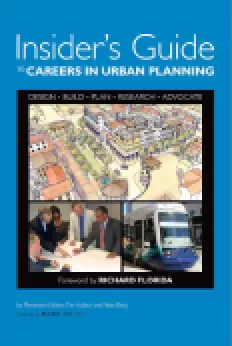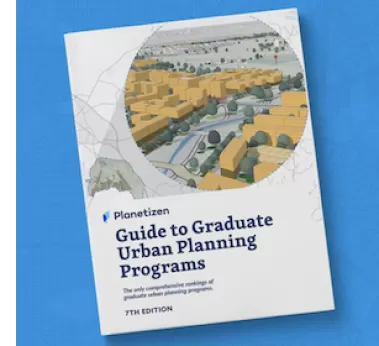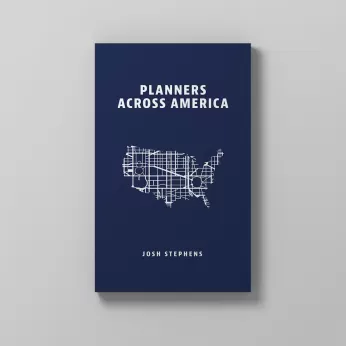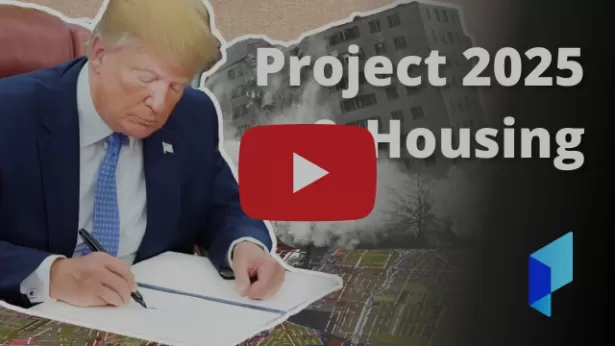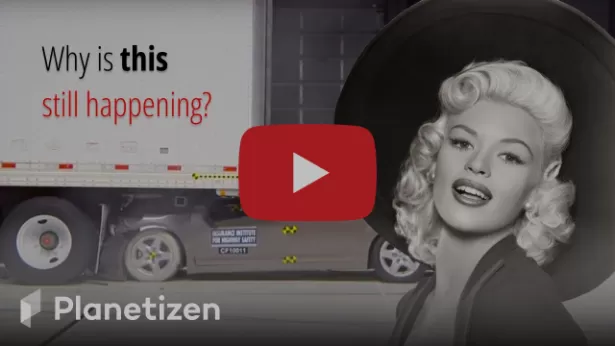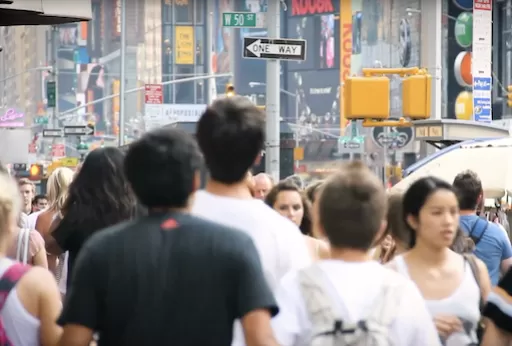Residents use creative engagements to envision an arts and innovation district without displacement in Boston’s Upham’s Corner.

Jason Moreno first learned about redevelopment efforts taking place in his Boston neighborhood on a sunny summer afternoon in July 2018 at his local outdoor basketball court. Dudley Street Neighborhood Initiative (DSNI) had set up a pop-up event to engage local youth about their experiences in the neighborhood. Moreno remembers being asked “what I’d like to see in the neighborhood.”
A year later, Jason was elected to the youth board of DSNI and spent the summer in its youth program, envisioning how a former bank building recently acquired by DSNI’s community land trust could be redeveloped into a youth-friendly space. The program’s culminating project was activating the building with temporary installations using recycled materials, inviting people to interact with what it might be like in the future. For one afternoon, the youth repurposed the first floor of the building into a bowling alley and arcade, Zen garden with koi pond, and movie theater/café.
These arts-based and interactive methods have become part of how DSNI and its community partners are collaborating with the city of Boston to revitalize the Upham’s Corner commercial district into an “arts and innovation” district. Their vision is development without displacement, a tall order given that arts development has often led to gentrification. And Boston has already been experiencing the pressures of a hot real estate market over the last decade.
What makes this redevelopment process different from most is that a democratically-controlled community-based organization owns one of the redevelopment sites and as a result, is a partner in guiding the overall process. DSNI is a co-facilitator with the city of Boston of the Upham’s Corner Implementation (UCI) process. Like many neighborhood groups, DSNI was formed in the mid-1980s to establish community control over development. But DSNI stands apart from most groups with ...
FULL STORY: Arts for Community Control: Planning an Arts and Innovation District Without Displacement

Planetizen Federal Action Tracker
A weekly monitor of how Trump’s orders and actions are impacting planners and planning in America.

In Praise of Analog Cities: Futureproofing in a Time of Crisis
I didn’t need a pandemic or a war to teach me that smart cities weren’t the future — but it sure drove the message home.
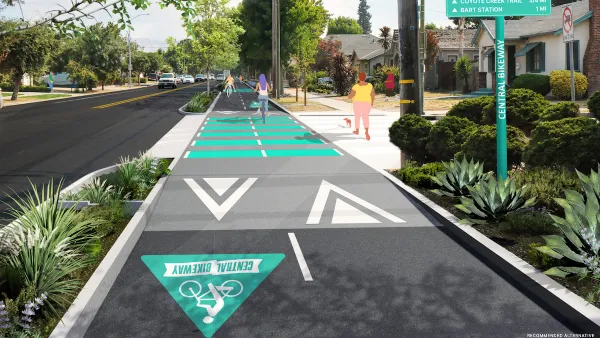
Silicon Valley ‘Bike Superhighway’ Awarded $14M State Grant
A Caltrans grant brings the 10-mile Central Bikeway project connecting Santa Clara and East San Jose closer to fruition.

Caltrans Plans $2 Billion Tunnel to Save Crumbling Coastal Highway
A roadway connecting Eureka and Crescent City is a lifeline for local residents, but its future is uncertain as rock slides force repeated closures.

Opinion: Minnesota ‘Buttonhook’ Project a ‘Highway Engineer’s Fever Dream’
Charles Marohn argues that building six new roundabouts to preserve access to big box stores and strip malls is an ineffective way to reduce traffic.

Kentucky Nonprofits Build ‘Higher Ground’ Homes
After destructive floods displaced thousands of Kentucky families, developers are building climate-resilient homes away from flood-prone areas.
Urban Design for Planners 1: Software Tools
This six-course series explores essential urban design concepts using open source software and equips planners with the tools they need to participate fully in the urban design process.
Planning for Universal Design
Learn the tools for implementing Universal Design in planning regulations.
Heyer Gruel & Associates PA
Yukon Government
New Jersey Institute of Technology
Mpact (founded as Rail~Volution)
City of Camden Redevelopment Agency
City of Norman, Oklahoma
City of Portland
City of Laramie








